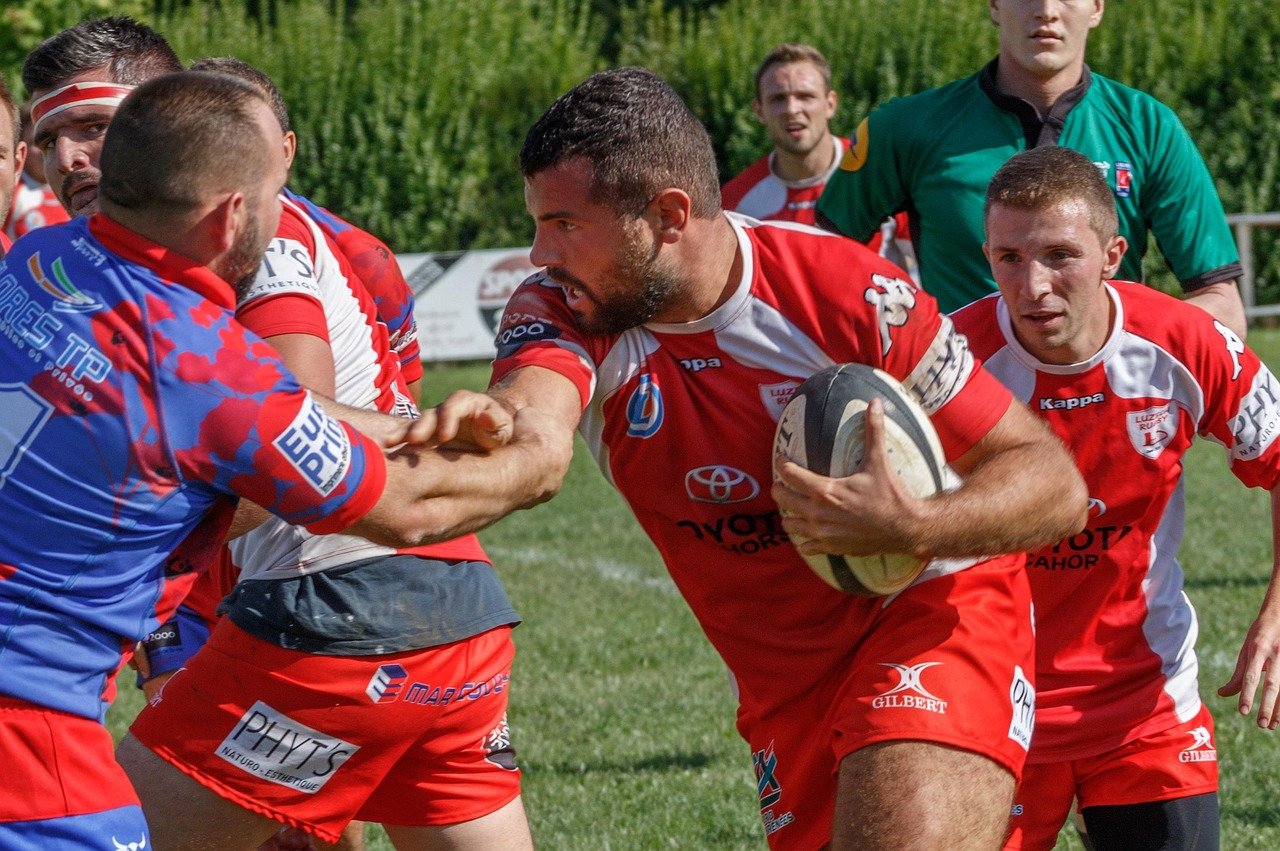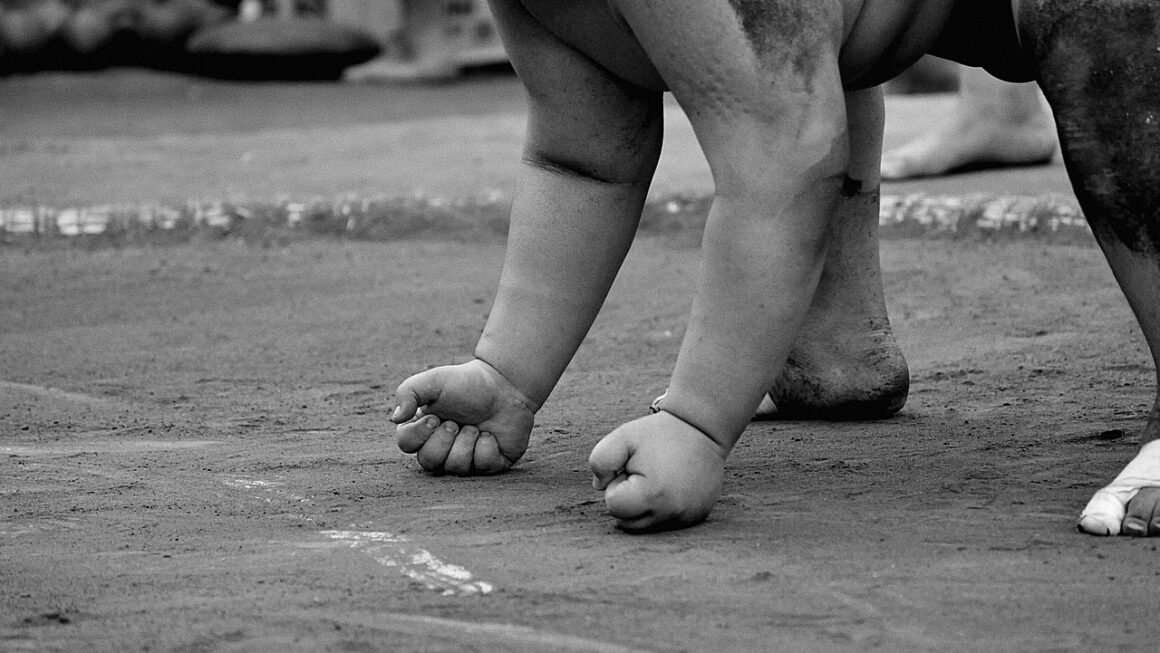From the thunderous rucks to the graceful tries, rugby captivates millions worldwide with its blend of raw power, strategic brilliance, and unwavering sportsmanship. More than just a game, it’s a culture, a community, and a testament to the human spirit. Whether you’re a seasoned veteran or a curious newcomer, this guide will delve into the captivating world of rugby, exploring its core principles, key positions, and the enduring appeal that makes it a global phenomenon.
The Fundamentals of Rugby
What is Rugby?
Rugby is a team sport played between two teams of 15 players (in Rugby Union) or 13 players (in Rugby League). The objective is to score more points than the opposing team through tries, conversions, penalty goals, and drop goals. Unlike American Football, forward passes are not allowed; players must run or kick the ball forward. The game is characterized by its continuous play, intense physicality, and complex set of rules.
Key Rules and Terminology
Understanding the basic rules is essential for appreciating the game. Here are some key terms and concepts:
- Try: Awarded when a player grounds the ball in the opponent’s in-goal area (worth 5 points in Rugby Union).
- Conversion: A kick at goal after a try, offering an additional 2 points. The kick must be taken from a point on a line perpendicular to the try line, through the point where the try was scored.
- Penalty Goal: Awarded for infringements by the opposing team. The kicker can attempt a kick at goal for 3 points.
- Drop Goal: A kick taken during open play where the ball is dropped and kicked as it bounces off the ground (worth 3 points).
- Scrum: A method of restarting play, usually after a minor infringement. Eight forwards from each team bind together and push against each other, while the scrum-half feeds the ball into the scrum.
- Lineout: A method of restarting play when the ball goes into touch (out of bounds). Players line up perpendicular to the touchline and jump to catch the ball thrown in by a player from the team that did not put the ball into touch.
- Ruck: Formed when a player tackles another player, and at least one player from each team binds over the ball on the ground.
- Maul: Similar to a ruck, but the ball carrier remains on their feet, and players from both teams bind around them, attempting to move the maul forward.
- Knock-on: Occurs when a player drops the ball forward, resulting in a scrum to the opposing team.
- Offside: A player is in an offside position if they are in front of the ball when it is played by a teammate.
- Example: Imagine a player is tackled. A ruck forms. Players from both teams bind over the ball, attempting to push the opposition back and secure possession. The scrum-half then retrieves the ball and passes it to the backs, who attempt to advance down the field.
Key Differences between Rugby Union and Rugby League
While both are derived from the same origins, Rugby Union and Rugby League have distinct differences:
- Number of Players: Union has 15 players per side, while League has 13.
- Scoring: While both have tries, conversions, penalty goals, and drop goals, the point values may differ slightly.
- Rucks and Mauls: Rucks and mauls are more prominent and have different rules in Union compared to League. In Rugby League, when a player is tackled, play stops for a set period. After each tackle, the tackled player must get to their feet and play the ball by tapping it with their foot. This restarts the game.
- Set Pieces: Scrums and lineouts are more complex and contested in Union.
The Players and Their Roles
Forwards: The Engine Room
Forwards are typically larger and stronger players who dominate the set pieces (scrums and lineouts) and the breakdown (rucks and mauls). Their primary roles include:
- Scrummaging: Pushing against the opposing pack to win possession.
- Lineout Work: Jumping to catch the ball and securing possession.
- Tackling: Making dominant tackles to stop the opposition’s progress.
- Rucking and Mauling: Competing for possession at the breakdown.
- Examples of Forwards:
- Props: Provide stability and power in the scrum.
- Hooker: Throws the ball into the lineout and binds in the front row of the scrum.
- Locks: Tall players who are essential for lineout jumping.
- Flankers: Dynamic players who excel at tackling and competing for possession at the breakdown.
- Number 8: A versatile player who participates in scrums, lineouts, and open play.
Backs: The Creative Force
Backs are generally faster and more agile players who are responsible for creating scoring opportunities. Their primary roles include:
- Running: Making incisive runs to break through the opposition’s defense.
- Passing: Distributing the ball quickly and accurately to teammates.
- Kicking: Using tactical kicks to gain territory or put pressure on the opposition.
- Tackling: Defending against the opposition’s attacks.
- Examples of Backs:
- Scrum-half: Feeds the ball into the scrum and acts as a link between the forwards and backs.
- Fly-half: The key playmaker who directs the team’s attack.
- Centres: Strong runners and tacklers who break through the defense and create opportunities for their teammates.
- Wings: Fast and agile players who are responsible for scoring tries.
- Fullback: The last line of defense who covers kicks and supports the attack.
Rugby Around the World
Global Popularity and Major Competitions
Rugby enjoys immense popularity across the globe, particularly in countries like New Zealand, South Africa, Australia, England, Wales, Ireland, Scotland, France, and Argentina. Some of the most prestigious competitions include:
- Rugby World Cup: Held every four years, featuring the top national teams from around the world. It is the pinnacle of international rugby.
- The Rugby Championship: An annual competition contested by Argentina, Australia, New Zealand, and South Africa.
- Six Nations Championship: An annual competition contested by England, France, Ireland, Italy, Scotland, and Wales.
- Premiership Rugby (England), Top 14 (France), United Rugby Championship (Ireland, Scotland, Wales, Italy, South Africa): These are professional club leagues that showcase top rugby talent.
Key National Teams and Their Strengths
Each nation brings its unique style and strengths to the game.
- New Zealand (All Blacks): Known for their expansive attacking play and exceptional skill. Historically the most successful rugby nation.
- South Africa (Springboks): Renowned for their physicality, powerful forwards, and aggressive defense.
- Australia (Wallabies): Known for their skillful backs and innovative attacking strategies.
- England: Renowned for their structured play, strong set pieces, and powerful defense.
- France: Known for their flair, unpredictable attacks, and passionate support.
The Growth of Rugby in Emerging Nations
Rugby is experiencing rapid growth in emerging nations, including the United States, Japan, and Russia. Investment in grassroots development and increased exposure through media coverage are contributing to this expansion.
Getting Involved in Rugby
How to Start Playing
Getting involved in rugby is easier than you might think. Here are some ways to start:
- Join a Local Club: Many clubs offer programs for all ages and skill levels.
- School or University Teams: If you’re a student, consider joining your school or university’s rugby team.
- Touch Rugby: A non-contact version of the game that is a great way to learn the basics and improve your fitness.
- Flag Rugby: Like touch rugby, but players wear flags that are pulled off to simulate a tackle.
- Find a Local League: Many local sports organizations organize amateur rugby leagues.
The Benefits of Playing Rugby
Playing rugby offers numerous physical and mental benefits:
- Improved Fitness: Rugby requires a high level of cardiovascular fitness, strength, and agility.
- Teamwork and Leadership Skills: Rugby emphasizes teamwork and communication, fostering leadership skills.
- Discipline and Respect: Rugby promotes discipline, respect for opponents, and adherence to the rules.
- Social Connection: Rugby provides a strong sense of community and camaraderie among teammates.
- Mental Resilience: The challenges of rugby build mental resilience and the ability to overcome adversity.
Understanding Rugby Safety and Injury Prevention
Safety is paramount in rugby. Players should:
- Learn Proper Technique: Tackling and scrummaging techniques must be taught and practiced correctly.
- Use Protective Gear: Mouthguards and other protective gear are essential.
- Warm-up and Cool Down: Proper warm-up and cool-down routines help prevent injuries.
- Follow the Rules: Adhering to the rules of the game reduces the risk of injury.
- Concussion Awareness:* Being aware of the signs and symptoms of concussion is crucial.
Conclusion
Rugby, with its rich history, complex strategies, and passionate global following, is more than just a sport; it’s a powerful force for building character, fostering community, and celebrating the human spirit. Whether you’re drawn to the thunderous collisions of the forwards or the dazzling footwork of the backs, there’s a place for everyone in the world of rugby. So, take the plunge, learn the rules, find a local club, and experience the thrill of this captivating game. You might just find your new passion.



